Skin Disease In Horses
Skin disease in horses. Skin Diseases in Horses-Bee Sting. Papilloma warts a contagious skin problem in young horses is often self-limiting as the animals immune system will attack and destroy it. This bacterial disease is characterized by the numerous ulcerative nodules found in the skin lung and upper respiratory tract of the horse.
Rain scald or horse rain rot is a type of skin infection thats caused by an organism called Dermatophilus congolensis. Scratches or mud fever pastern dermatitis develops in muddy conditions. Bacterial andor fungal microorganisms invade the skin of your horses lower legs causing inflammation swelling itching and scaly scabs.
It is caused by a bacterium that is carried most commonly by deer ticks and transmitted through tick bites. The epidermis is thickest in large animals like horses. While the organism can stay on the skin of the horse humidity and moisture can cause multiplication which can lead the disease.
Its primarily found in light-colored skin eyelid area genital area and occasionally the mucous membranes. Surgical removal may speed healing and provide a more rapid cosmetic result. Rounded hairless patches with crusty scabby skin.
Instead its a fungal infection and is zoonotic meaning you can catch it. Staphylococcos aureus infection can manifest in horses as warm painful skin with focal crusts most commonly noted in the pastern region though similar lesions may occur elsewhere on the skin. Nonepitheliotropic cutaneous lymphosarcoma is the most frequently recognized form of skin lymphosarcoma in horses.
Aureus MRSA is a concern in horses. Insect hypersensitivity is an allergic reaction usually to a. Scabby crusts that form.
Biting insects can spread the bacterium from horse-to-horse. How to identify 8 common equine skin diseases 1.
Two common forms of skin cancer in horses are squamous cell carcinoma and melanoma.
Reddened roughened or ulcerated skin. Glanders The other most common bacterial disease of the horse is glanders which is caused by gram-negative Burkholderia malleus and does not produce spore. It is caused by a bacterium that is carried most commonly by deer ticks and transmitted through tick bites. A sarcoid is a generally benign tumor of the horses skin that mostly affects specimens under the. 30 Most Common Horse Skin Diseases 1. Melanoma in horses isnt associated with exposure to the sun but squamous cell carcinoma is says Ginn. Two common forms of skin cancer in horses are squamous cell carcinoma and melanoma. Information pertaining to skin disease is lacking in horses when compared with that in other companion animal species. Lyme Disease is a tick-borne illness that can affect anything from humans to horses.
Bacterial andor fungal microorganisms invade the skin of your horses lower legs causing inflammation swelling itching and scaly scabs. Squamous cell carcinoma is a malignant skin tumor of the outmost layer of the skin. It includes multiple types of cells including keratinocytes melanocytes Langerhans cells and Merkel cells. The most common equine skin cases that present to the veterinarian during the summer are allergic pruritic horses. Firm lumps are noted in the fat under the skin surface of the lower body surface. The epidermis is the outer layer of skin which is composed of several layers of cells. Glanders The other most common bacterial disease of the horse is glanders which is caused by gram-negative Burkholderia malleus and does not produce spore.


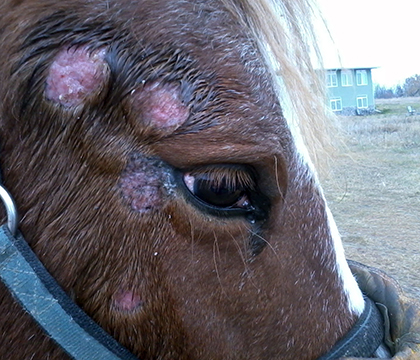











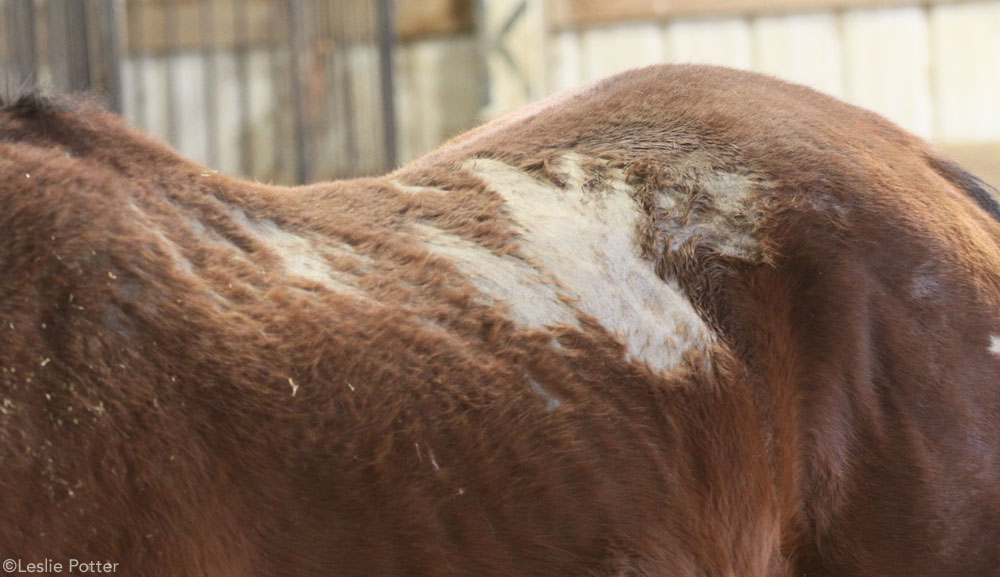
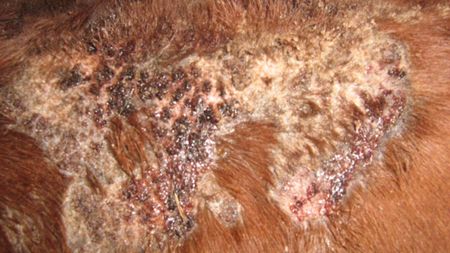





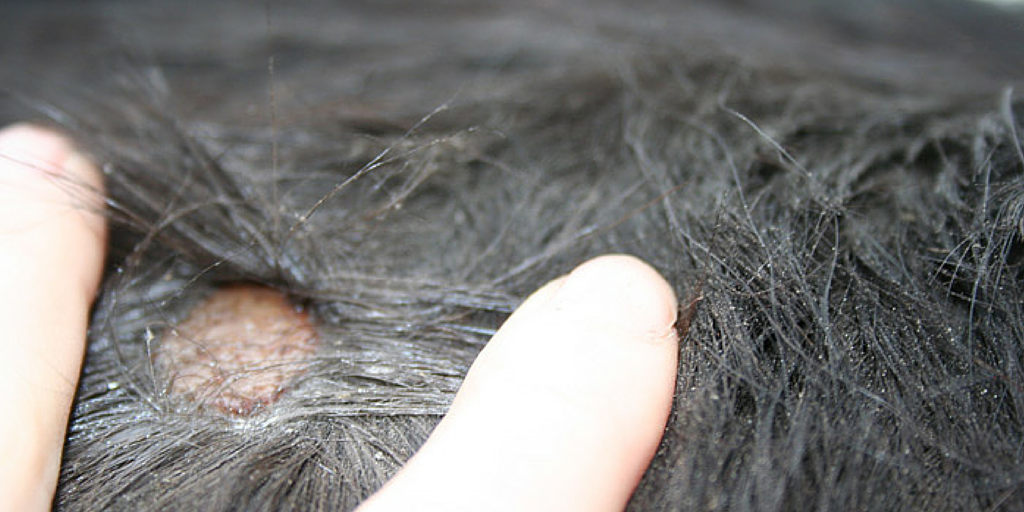




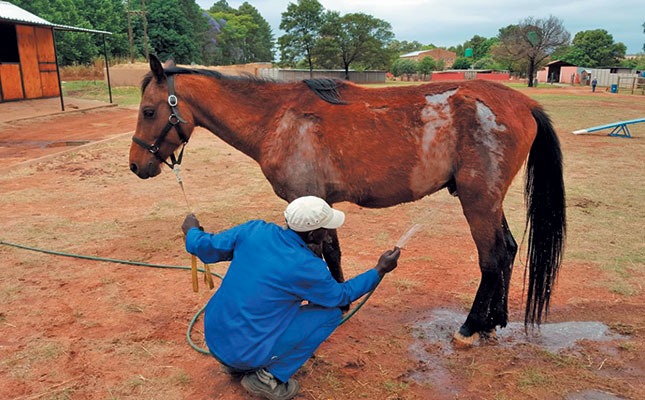


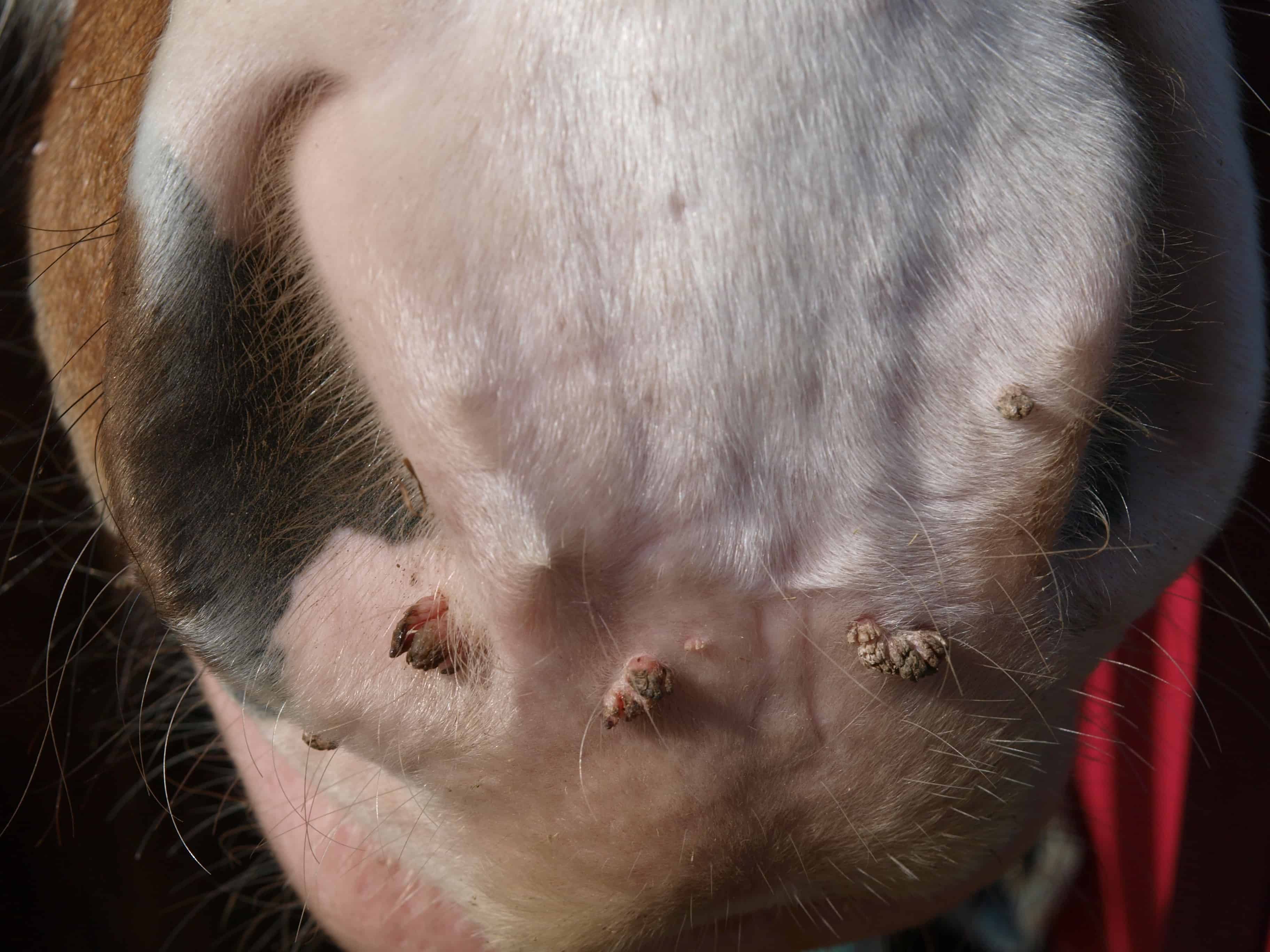




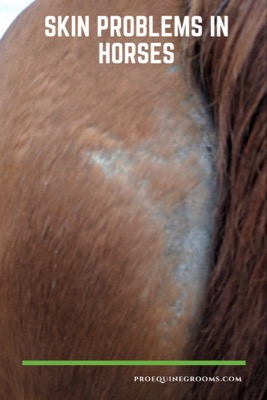









Post a Comment for "Skin Disease In Horses"